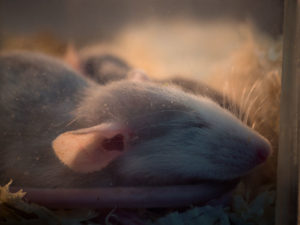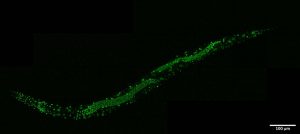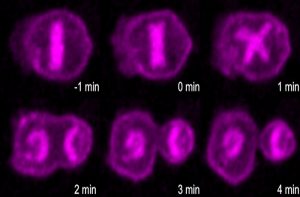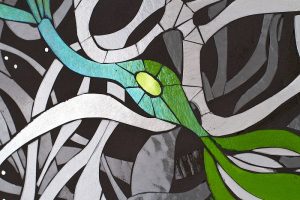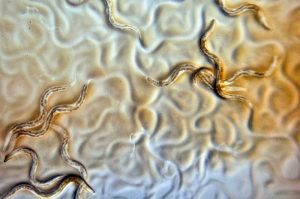Enter your address to receive notifications about new posts to your email.
Articles tagged Neuroscience
(29 results)
-
Science & Publishing
The power of genetic screening: identifying genes that alter nervous system shape in Drosophila
New results published in G3 summarize the genetic pathways controlling nervous system structure and explore how a single gene regulates tissue shape in a cell-type specific manner.
-
Community Voices
Early Career Leadership Spotlight: Daniela C. Soto
We’re taking time to get to know the members of the GSA’s Early Career Scientist Committees. Join us to learn more about our early career scientist advocates. Daniela C. Soto Communication and Outreach SubcommitteeUniversity of California, Los Angeles Research Interest What genetic changes underlie our uniquely human traits and behaviors? In the last couple million years…
-
Science & Publishing
New associate editor, Xiajing Tong, joins GENETICS
A new associate editor is joining GENETICS. We’re excited to welcome Xiajing Tong to the editorial team. Xiajing TongAssociate Editor Xiajing Tong obtained her BS from the University of Science and Technology of China and earned her PhD from the Chinese Academy of Sciences. She conducted her postdoctoral training with Joshua Kaplan at Massachusetts General…
-
Sleep control gene conserved across millions of years of evolution
AP-2 transcription factors, which control sleep in flies and worms, are confirmed to do the same in mammals.
-
Nerve cell organelle mystery
NUN bodies in C. elegans offer clues about nervous system differentiation. One of the most active areas of research today explores the differences between individual cell types and how cells become differentiated. This specialization of cell types relies on changes in gene expression, but how those changes are orchestrated remains unknown. Now, research published in…
-
New Faculty Profile: Aakanksha Singhvi
New Faculty Profiles allow GSA members who are establishing their first labs to introduce themselves to our wider community. If you’d like to submit your profile, please complete this form. Aakanksha Singhvi Assistant Member Division of Basic Sciences Fred Hutchinson Cancer Research Center Lab website Briefly describe the ongoing and expected research projects as your lab gets up…
-
Unequal divisions of death
Apoptotic pathway promotes asymmetric cell division during C. elegans development. Cell division doesn’t always produce identical daughter cells; often, the demands of multicellular development require cells to split into two quite different daughters with quite different fates. These “asymmetric” divisions are needed so that cells can differentiate and specialize, and some cells are even programmed…
-
Mitochondria on the mind
Mitochondria cell-autonomously regulate the secretion of neuropeptides in C. elegans. Neurons are hard-working cells that need a lot of energy to do their jobs, so it’s no surprise that they are highly dependent on their mitochondria to function properly. Yet these organelles do much more for cells than simply produce energy. In GENETICS, Zhao et…
-
Midnight munchers: starved worms can’t sleep
Food-deprivation inhibits the stress-induced sleep response in C. elegans. For many animals, the essential physiological drives of sleep and food are intimately linked. You might have noticed this if you’ve ever stayed up far too late and found yourself craving a snack. Yet because it’s impossible for most animals to eat and sleep at the…
-
‘Worm’ing through chromosome 21 for overlooked Down syndrome genes
There’s no doubt that an extra copy of chromosome 21 is what causes Down syndrome. There’s a lot of doubt, however, over which particular gene—or combination of genes—on chromosome 21 is the actual cause of its symptoms. To flesh out our understanding, geneticists must grapple with this large chunk of the genome that includes more…
-
The fox and the cranium
Although foxes look cuddly, these wild animals are equipped with sharp bites—and temperaments to match. Fear not, however, if you’re dying to get close to theses fluffy foxes: a nearly 60-year-old experiment has produced a line of them that are friendly enough to pet. The process of creating these tame foxes mirrors the way…




